The Alfa Romeo Giulia saloon and the Alfa Romeo Stelvio SUV have signalled a return to handling greatness for Alfa Romeo, with levels of precision and poise at the top of their classes.
Alfa chose not to delve into the engineering of the all-new chassis at the launches of both cars, but recently revealed more about their impressive underpinnings.
We've taken a look at four of the most significant technologies helping the brand reclaim its position as a maker of true drivers' cars.

1. Torque vectoring, limited-slip differentials
The transmission toolkit for the new chassis includes two rear axle differentials. There’s a conventional mechanical limited-slip version and an electronic torque vectoring unit equipped with two clutch packs to direct more torque to either rear wheel.
Vectoring more torque to the outside wheel reduces understeer by 17%, gives a 4% increase in lateral acceleration and increases agility by 20%. It can also have the opposite effect, helping to stabilise the car when the driver overcooks it. In the UK, limited-slip differentials are available in a performance pack on both models, while torque vectoring is standard on the 503bhp Q2 two-wheel-drive-only Giulia Quadrifoglio and Q4 all-wheel-drive Stelvio Quadrifoglio.
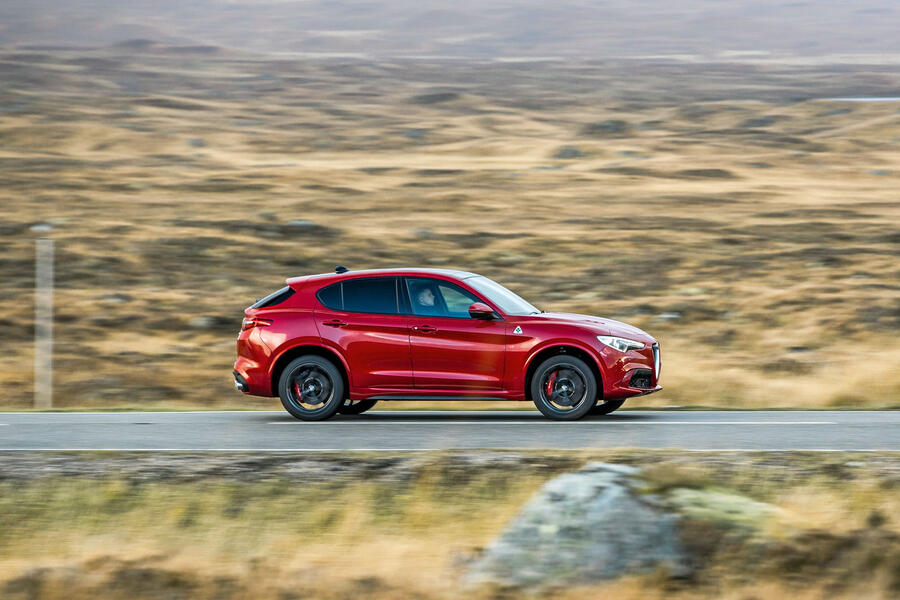

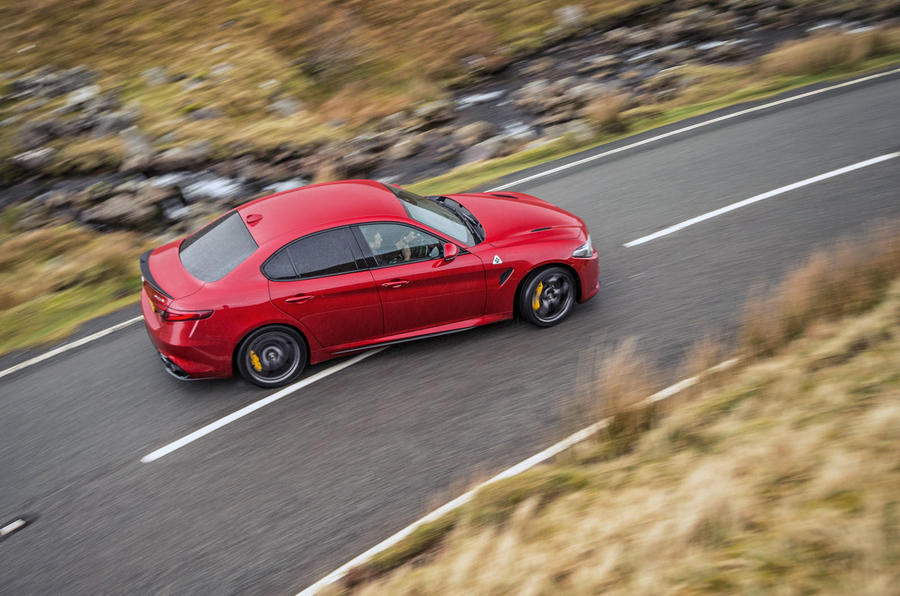





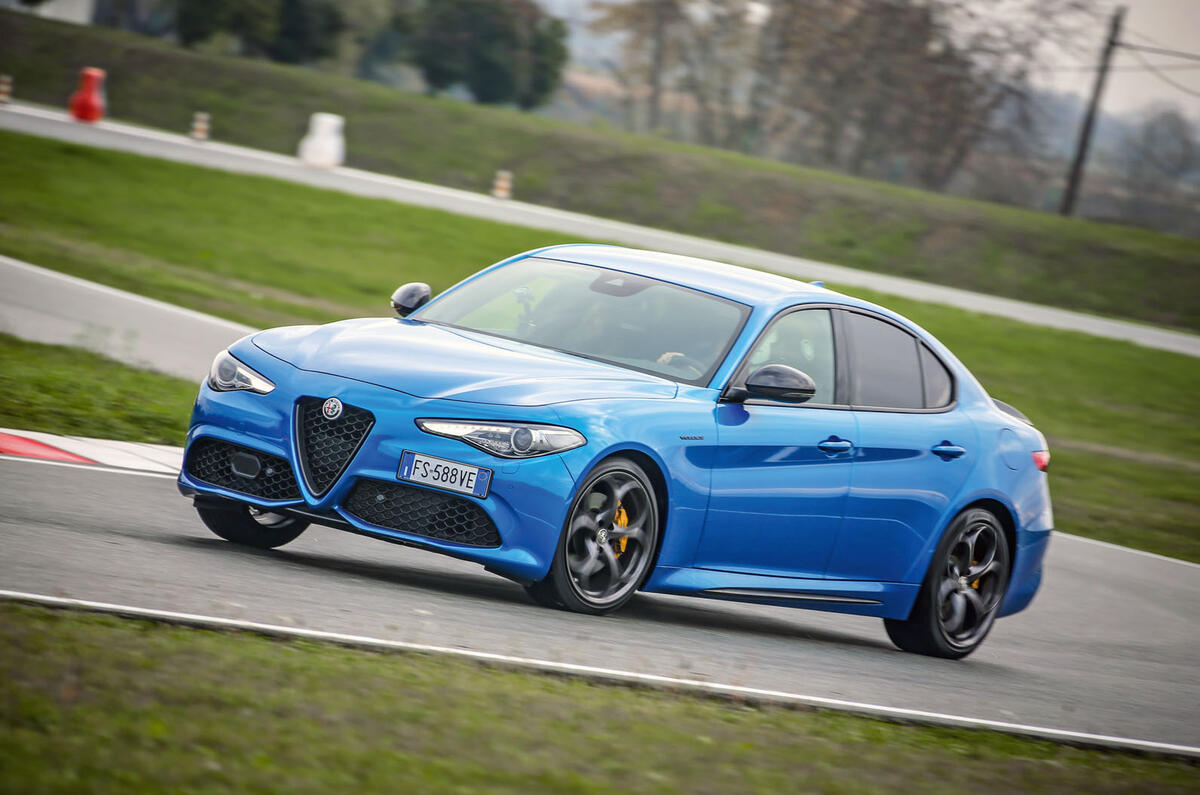

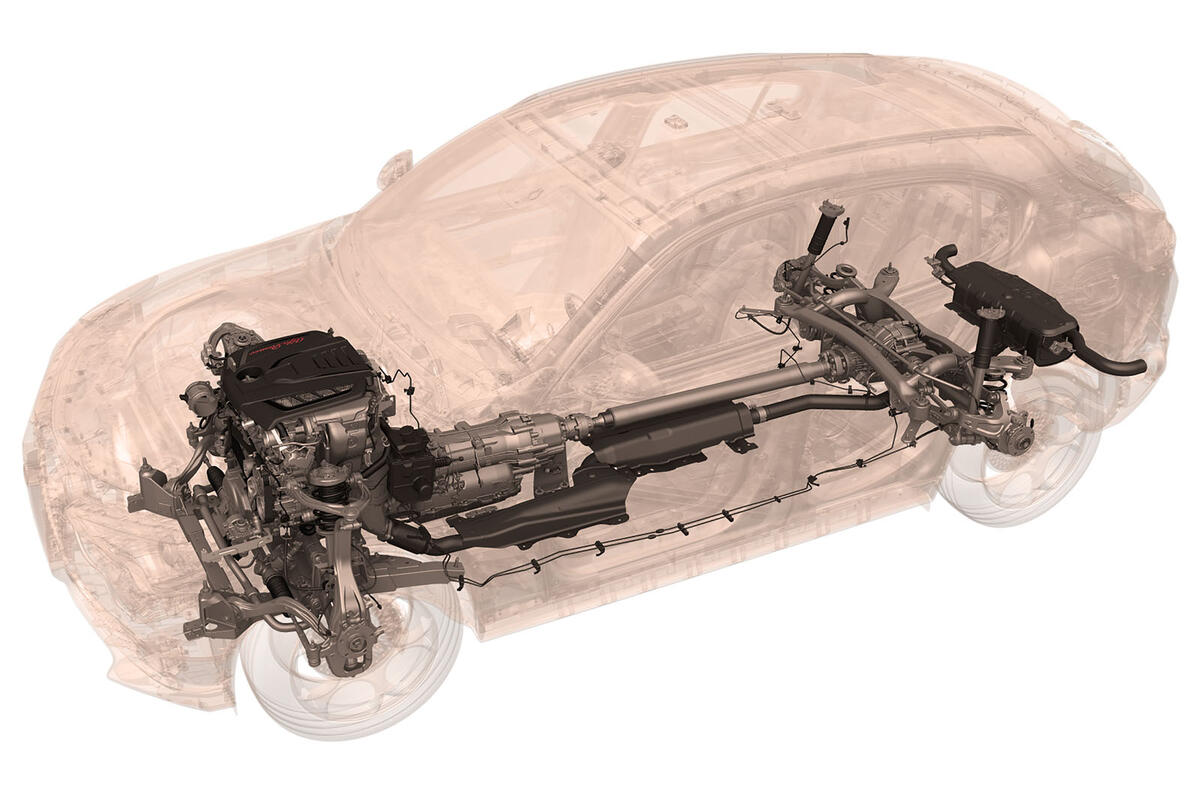
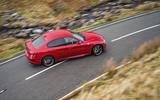














Join the debate
Add your comment
What units is agility measured in?
And what, exactly, is it?
Alfa Gulia
Impressive technical features, but they are extra which you you have to pay for and only on the most expensive versions of the Gulia and Stelvio.
Alfa Romeo
Impressive. But it seems all this sophistication only comes in the most expensive models which becomes irrelevant in the models which are affordable and which are sold the most.